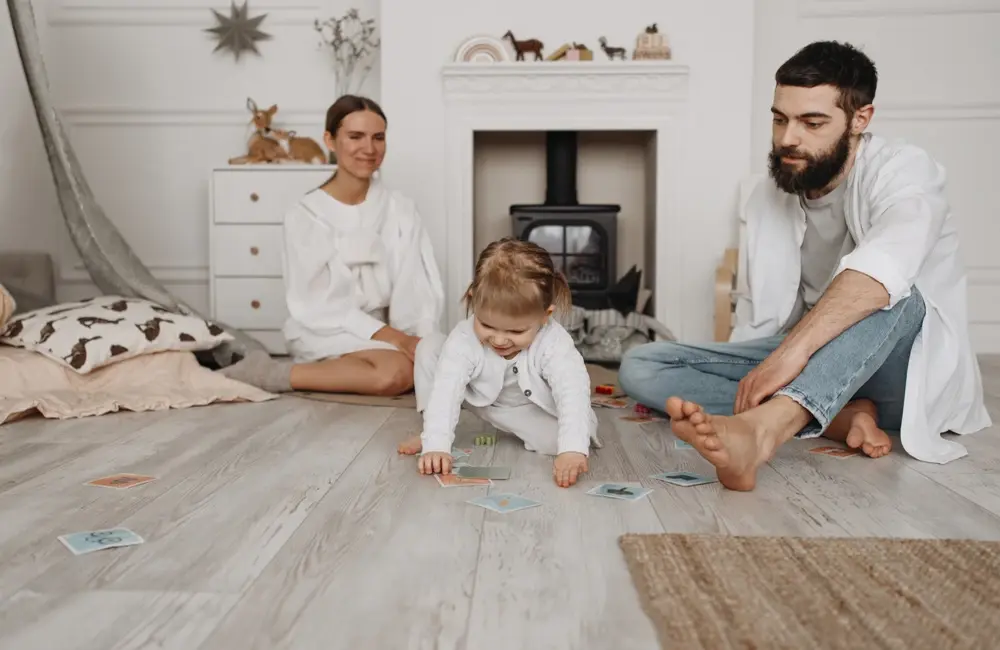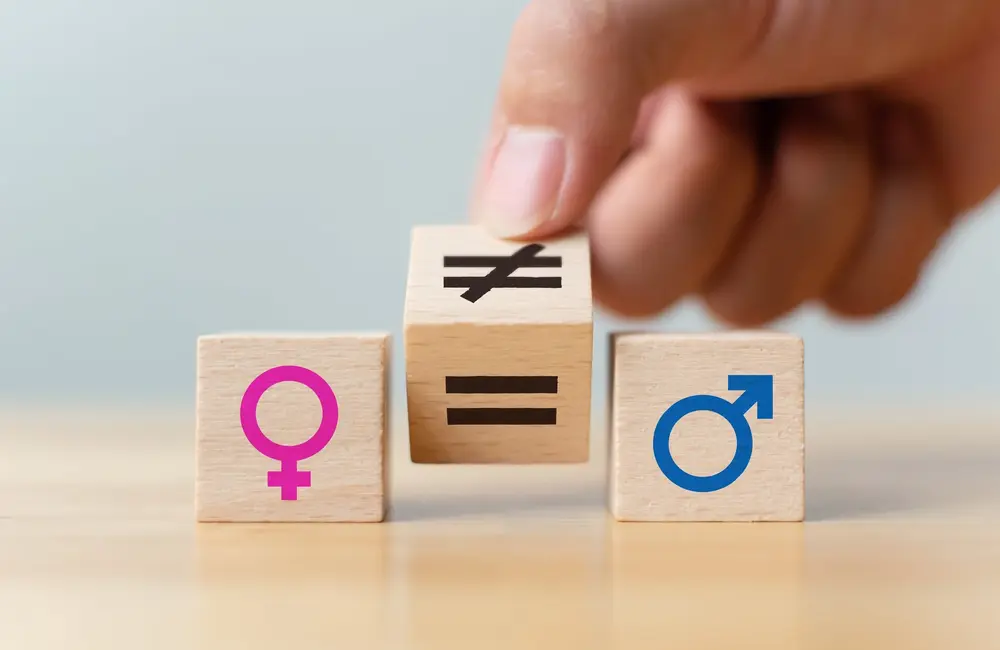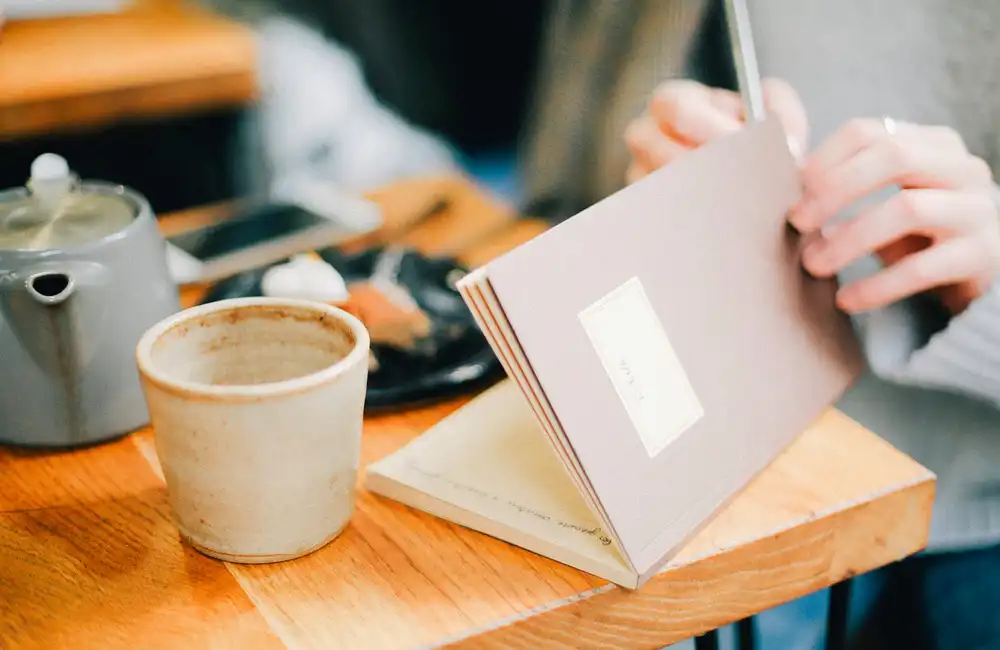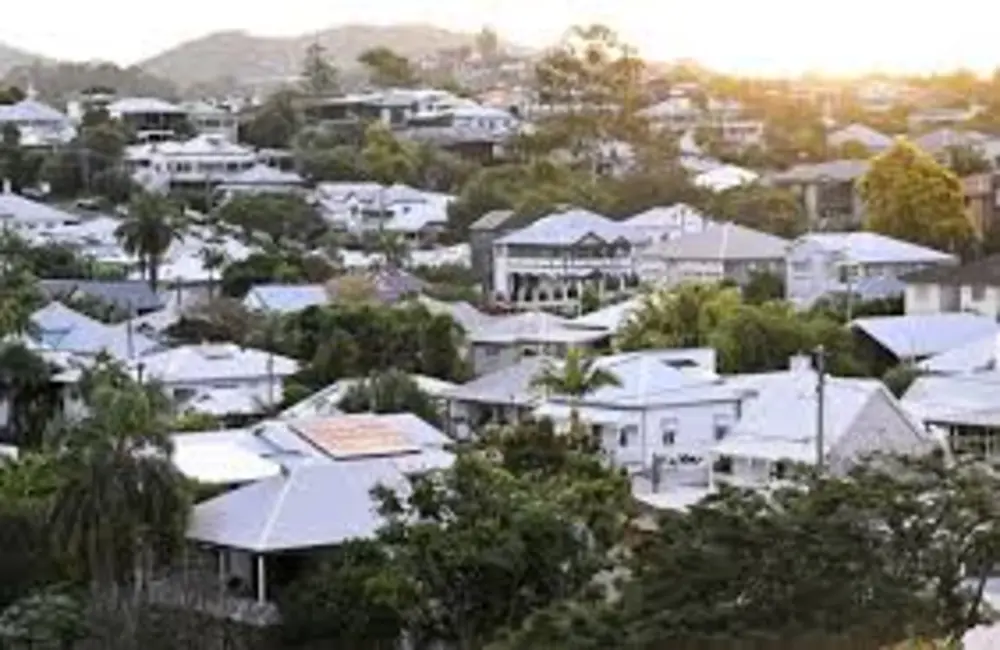Understanding Home Buying Costs in Australia
The median house price in Aussie capital cities is about $860,000. In Sydney, it’s $1,031,138 for a dwelling, and over $1.2 million for a house. A 20% deposit allows you to forego Lenders Mortgage Insurance (LMI) – that puts the median deposit at $172,000. Recent research from Finder has shown that the average first home buyer needs at least 12 years to save for a deposit for the average unit and 16 years for the average house in Australia.
This timeline to purchase a home is overwhelming for most, especially those that are earning below the average weekly income. The research is also assuming that individuals are saving 25% of their post-tax income, an endeavour that is becoming increasingly difficult as cost of living pressures persist.
Home Buyer Helper
The Shared Equity Home Buyer Helper is a NSW Government initiative that aims to ‘make it easier and much more affordable for eligible people to buy a home’.
How does it work?
The NSW Government will contribute up to 40% of the purchase price of a new home, and up to 30% towards an existing home. This will mean that the Government will have an equity share in the property that you live in. Due to the large deposit amount, the buyer will also avoid Lender's Mortgage Insurance.
First home buyers will be eligible to pay a deposit of 2%, and they won't have to pay interest on the Government's equity share of the home. This means that the mortgage repayments will be more affordable for investors.
It is easy to see from the above scenario that the mortgage repayments are much more manageable with the government's contribution to the deposit. The average weekly earnings for an Australian adult is $1,276 (after tax). Those in single income households would be under severe mortgage stress in all three circumstances (if they were lent the funds).
It is conventional wisdom that mortgage debt is 'good debt'. We explore in this article whether that is actually the case.
Who is eligible?
The NSW Government has outlined the eligibility criteria (below):
- Singles aged 50 and over
- Single parents of a dependent child
- Single applicants must earn less than $93,200 and joint applicants must have a combined income of less than $124,200.
The other criteria
There are a lot more costs associated with purchasing a home aside from the deposit, stamp duty and Lender’s Mortgage Insurance. The NSW Government has outlined that all extra costs must be covered by the buyer.
Costs Involved
Conveyancing and property lawyer fees
$2,750 for 3 contract reviews and finalising settlement
Purchasing a home is a large commitment. You want to make sure you know what you’re getting into. We came close on two other properties before we found our home. This involved getting a property lawyer to review the contracts of the property before we put any offers in.
This fee in most cases, covers the contract reviews, liaising with agents and solicitors on any contract changes, liaising with the bank for settlement and funding and finalising settlement and any transfer of title.
Mortgage Broker
Free (Broker received a commission of $9,570, with $220 ongoing monthly from the home loan provider)
Mortgage Brokers offer a service where they find the best available interest rate with the features that you want in your mortgage. This could be an offset, or a redraw account. You may want a fixed loan, or a variable.
Interest rate increases
Varies
In the time that we got pre-approval to the time in which we settled, there were 2 rate rises. It is difficult to predict what is going to happen in the future. After the recent rate increases, many home buyers now are acutely aware of the mortgage stress that many Australians are facing with the unrelenting rate rises.
Building and Pest Reports
$450 per onsite inspection
In the same vein as contract reviews, you want to make sure you are aware of any structural or pest issues that may cause large outgoing costs in the future. Building and Pest reports are sometimes already done for the property by the real estate agent but accessing them will come at a cost (usually between $100-200).
Settlement fees, mortgage registration, bank property fees
$2,600
These costs were not communicated to me by anyone prior to searching for a home. When you’re taking out a mortgage, often the ‘small’ fees can be forgotten. When you’re saving for a house purchase, $2,600 is not a small sum of money.
Home insurance
$850 annually - varies
Your lender will require you to have home insurance on your house by settlement. The insured amount will be on the structure and not the land, so you don’t need to insure for your whole purchase price.
Buyer’s Agent (optional)
$33,000, can range between $15,000 - $50,000
This cost is optional, and a luxury for most (including me). My husband and I had been keeping an eye on the property market and started seriously searching 18 months before purchasing a property. The Sydney market is fierce and we were not able to compete at auctions. We decided to speak to a buyer’s agent that was able to source off-market properties and negotiate on our behalf prior to properties going to auction.
Repairs and maintenance
Varies
Unless you are purchasing off the plan or building your dream home, houses have been adjusted and altered to suit the past owners or tenants. This means that regardless of structural integrity, there will always be costs to making your home your own.
Moving costs
$2,000 - Varies
The moving costs for us included an end of lease clean for our rental, truck rental (twice – once to the storage facility, and once home), packing tape and boxes, and storage. The costs were around $2,000.
Furniture
Varies
You may already have everything you need in your rental property prior to purchasing your first home. If you are living at home and moving into your first property, this would require you to purchase most of your furniture.
Conclusion
Although we were able to avoid a large upfront cost with stamp duty, we still had costs that were 35% above our deposit amount. Understanding the costs past the deposit allows you to more accurately devise a plan to become a homeowner.
If you are looking to purchase your first home and have not accounted for unexpected costs, there are ways that you are able to adjust your plan:
- Save more (additional investments to your goal)
- Have a more realistic timeline
- If you are still a while away from your goal, adjust your asset allocation to hold more aggressive assets.
























